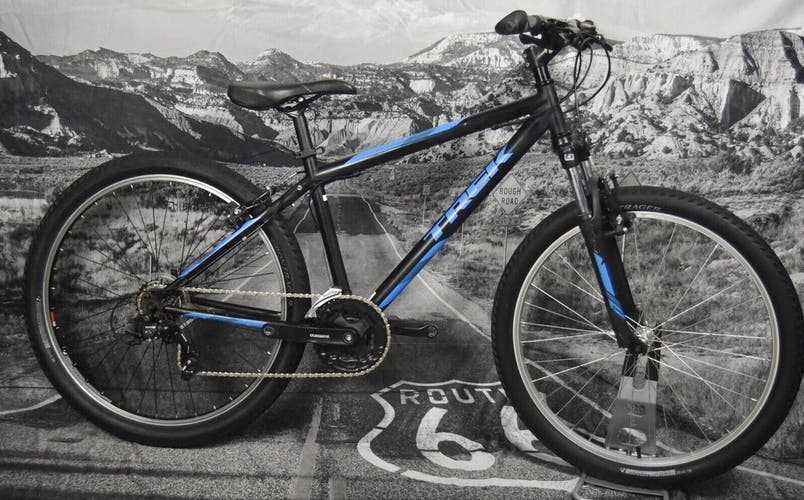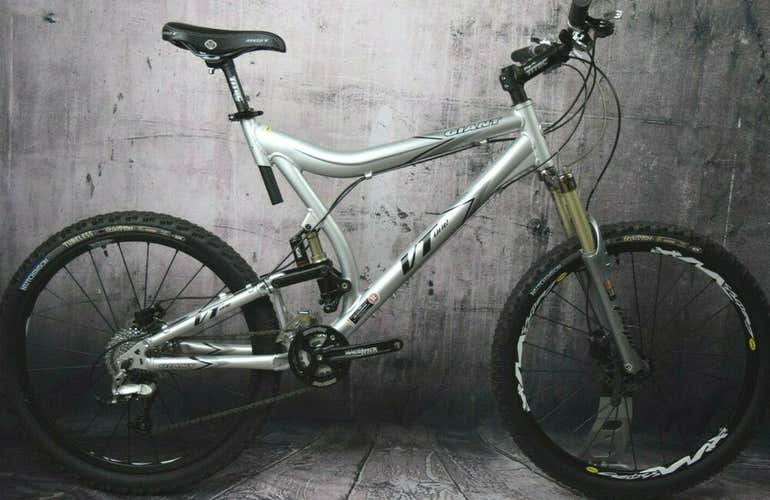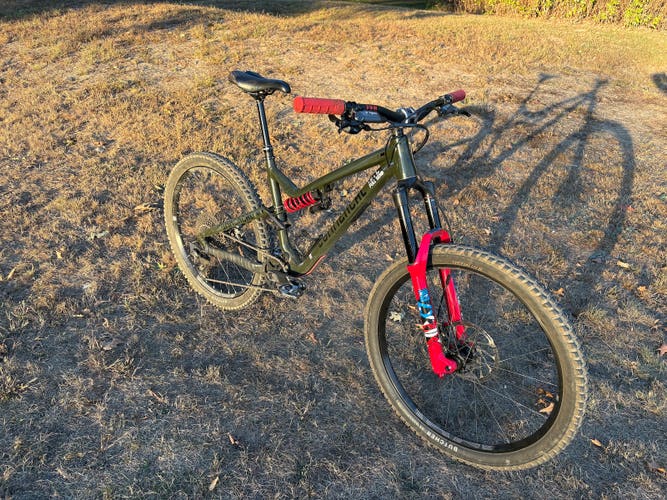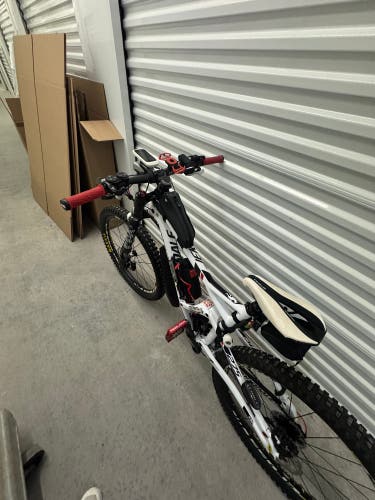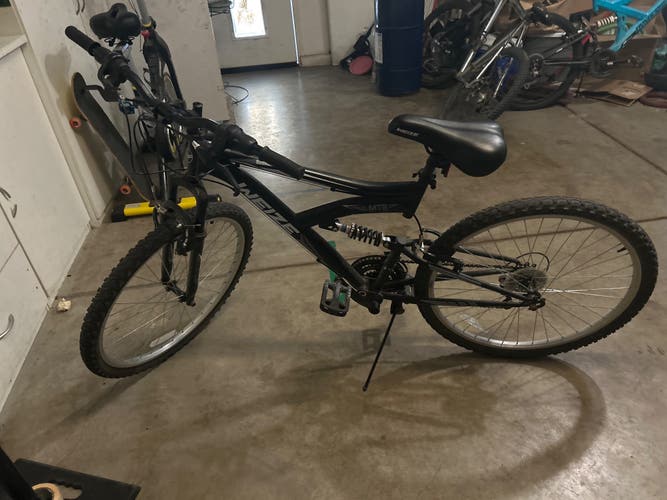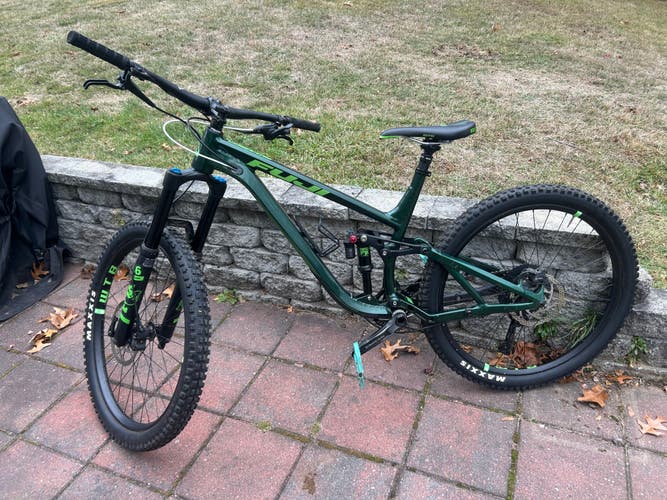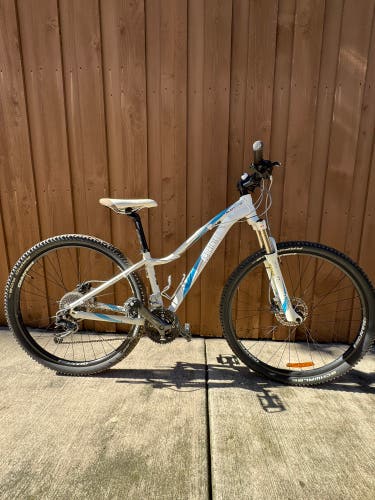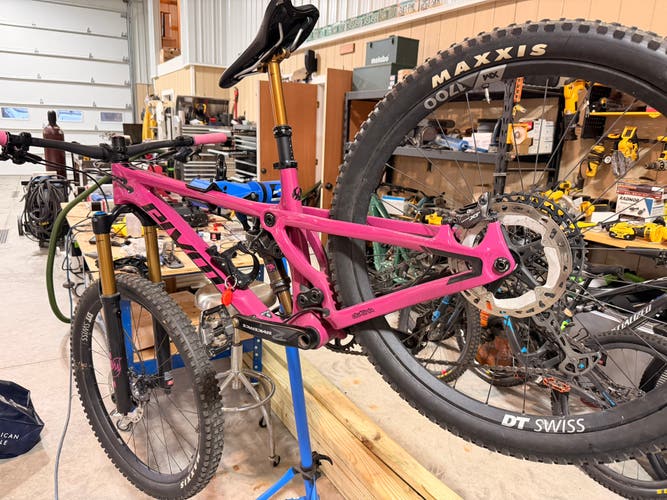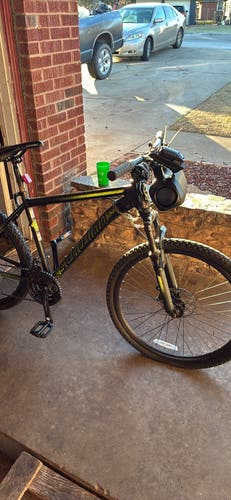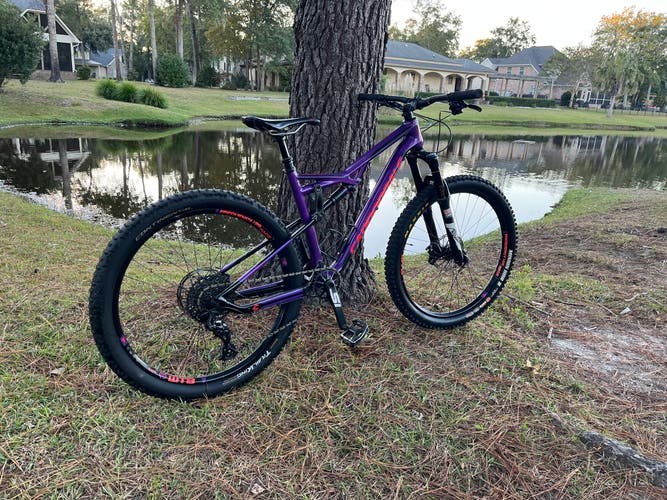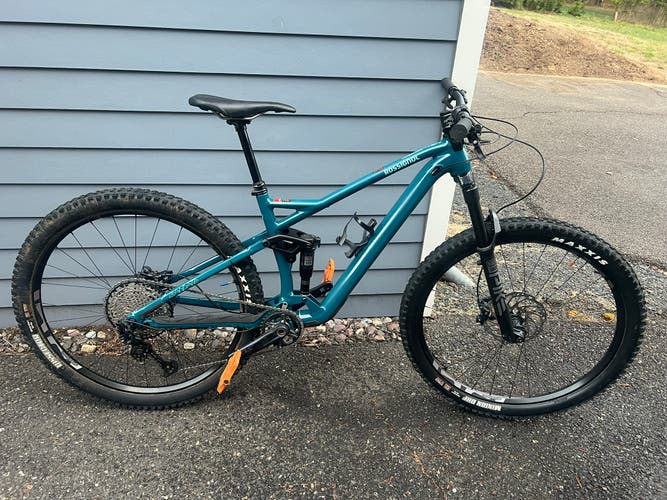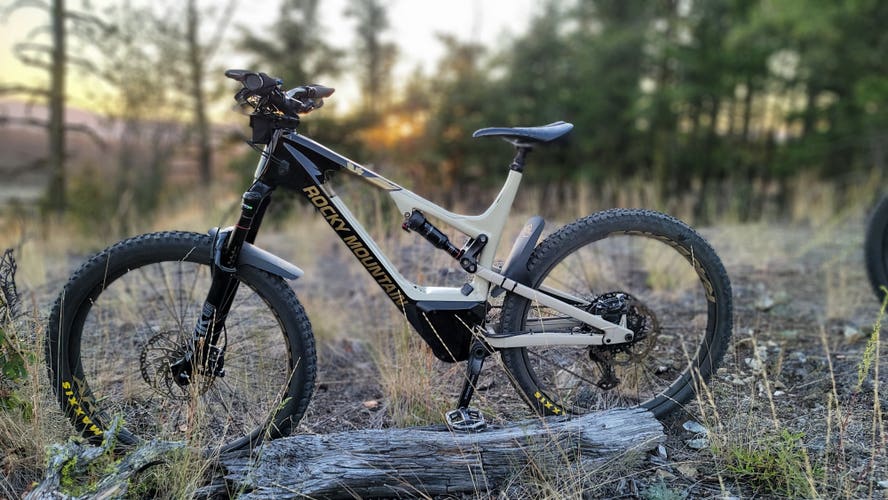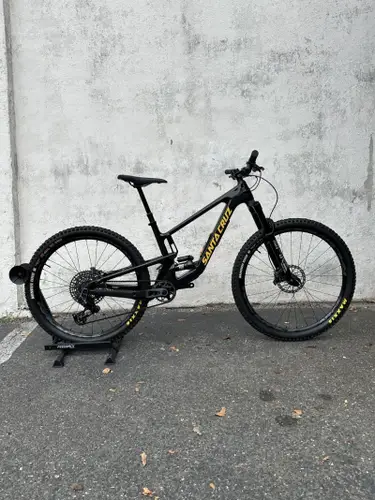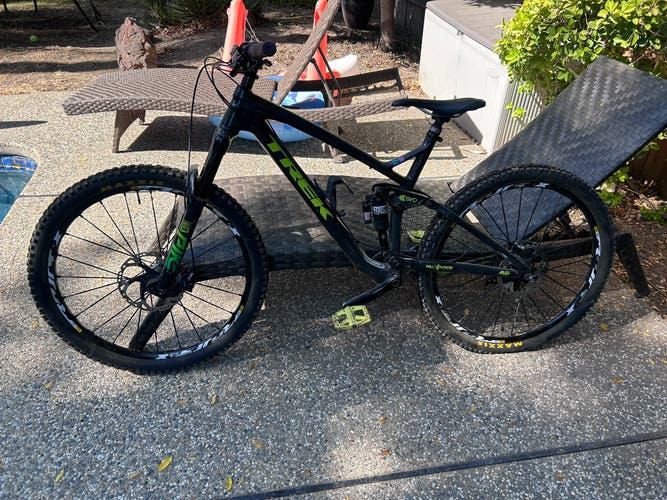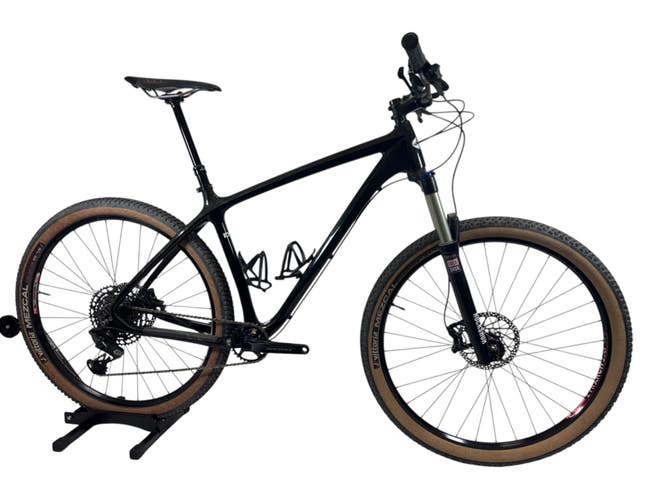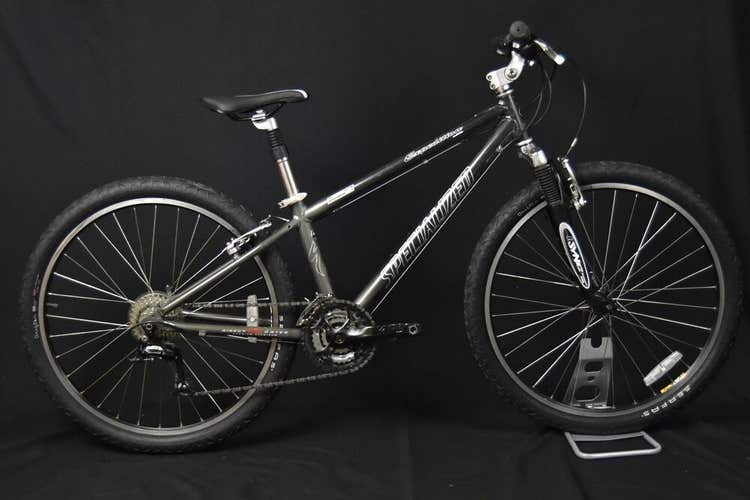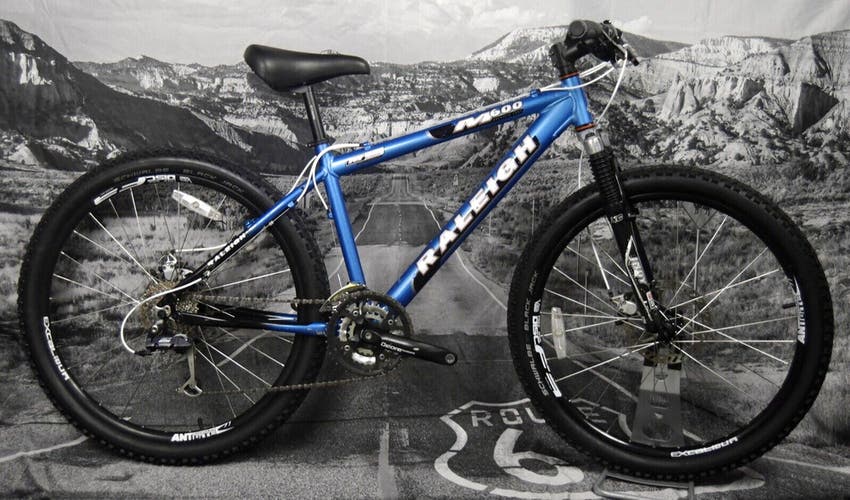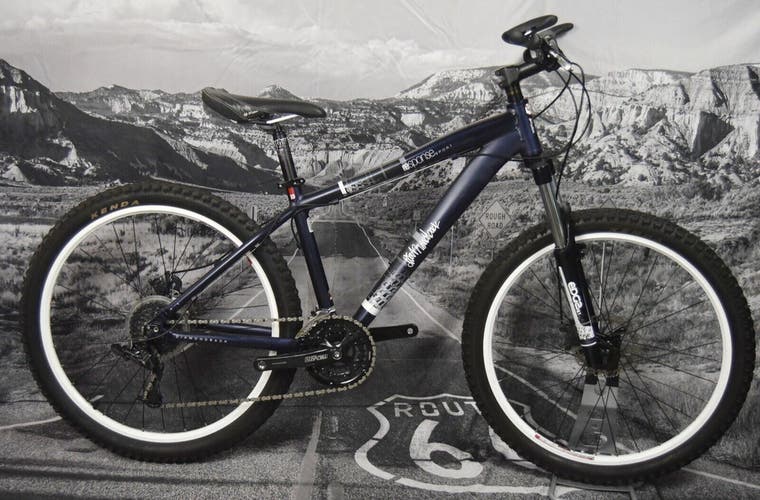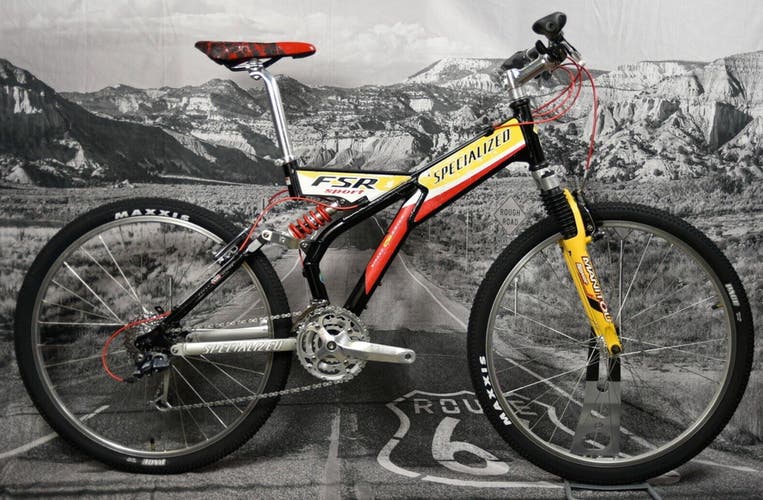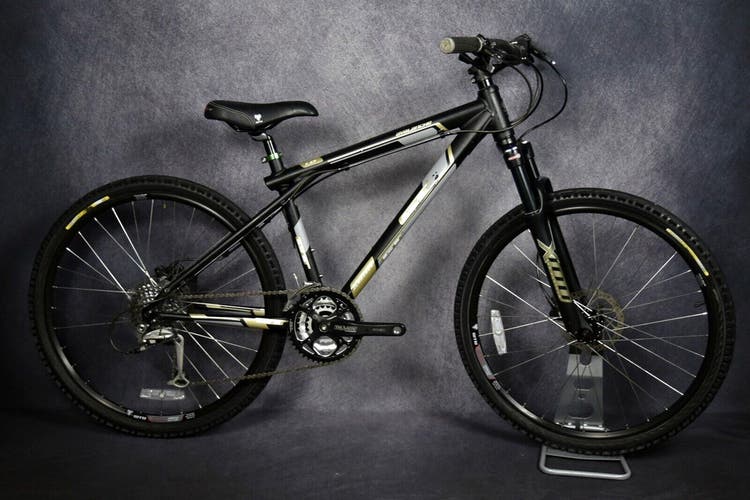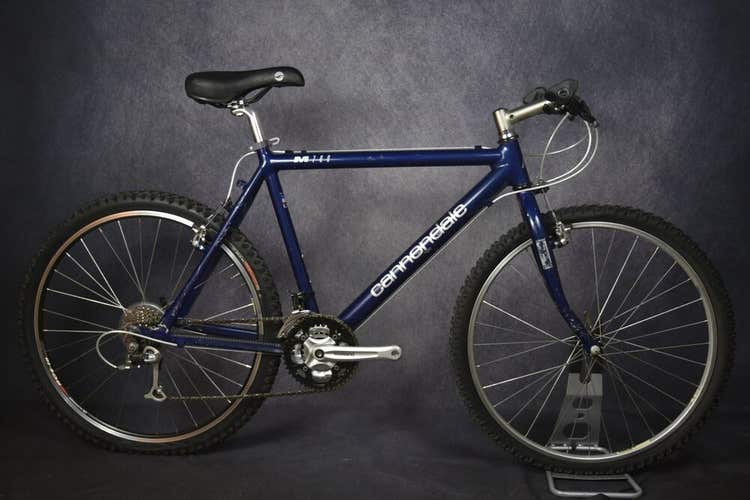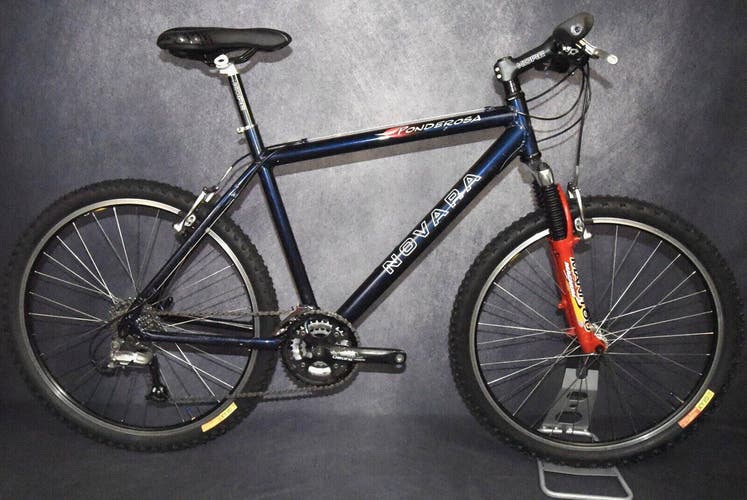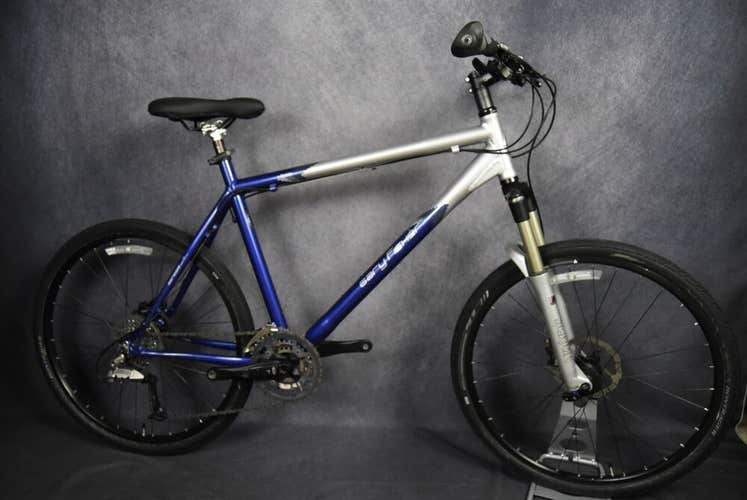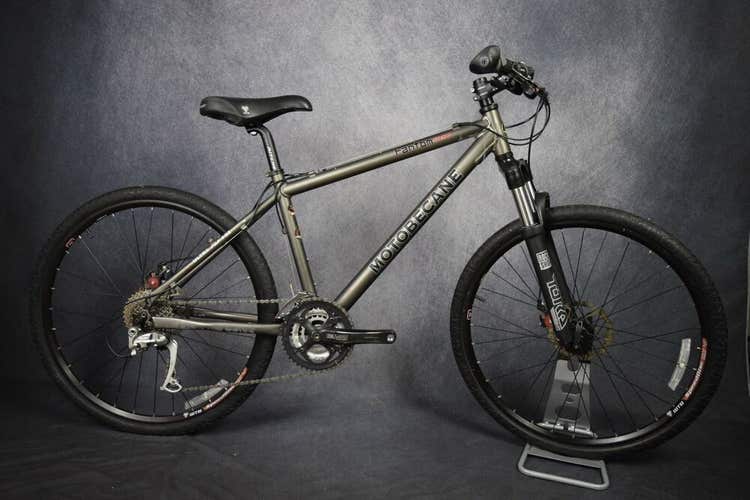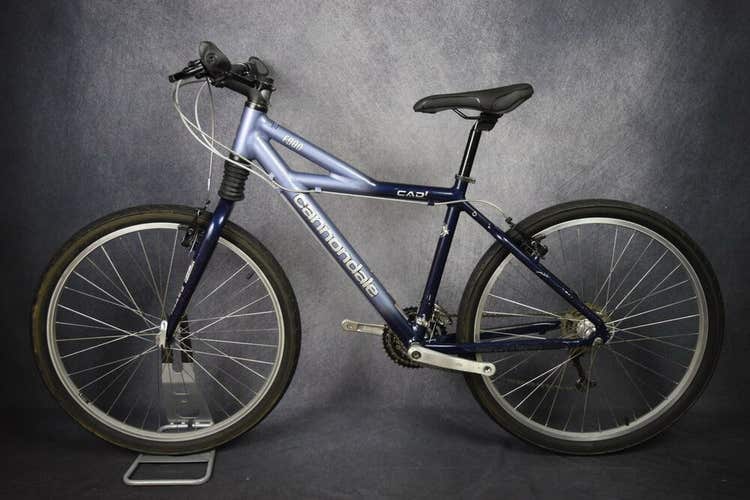Mountain Bike Buying Guide
Figuring out which mountain bike to buy is no small task. They aren’t cheap, and there are many options to choose from. First, you need to know what type of riding you plan to do. There are a handful of different types of mountain bikes, including light XC (cross-country) mountain bikes (without any suspension), as well as DH (downhill) mountain bikes that have a heavy duty full-suspension platform to soak up any abuse you put it through. Wheel size is also a major consideration, as the most common options - 26, 27.5, and 29 -- offer vastly different riding experiences. Next, set a budget for yourself. Having a firm spending limit will help you narrow down your search as well, since prices on mountain bikes can range anywhere from $1,000 to over $10,000.
Types of Mountain Bikes
The main mountain bike disciplines are XC, Trail, Enduro, and Downhill/Freeride. There are different bike options that are designed to perform best in each of these categories, but the difference between these bike categories can certainly be confusing.
XC style riding is usually centered around racing with lots of pedaling and climbing. High cardio is essential to being fast here, and these bikes are designed with that in mind. XC bikes are most importantly made to be light and extremely efficient at pedaling. These bikes are typically front-suspension or full-suspension with minimal travel, topping out at about 120mm. They are designed with steep tube angles that put the rider in a great position for pedaling uphill. The components are all as light as possible while still being durable so the bike can descend easily and efficiently as well.
Trail riding is rather similar to XC, just without the racing aspect. Without the need for extremely high cardio and constant speed, trail riding bikes are made with geometry that's ever so slightly less favorable for climbing and instead is better for all-around riding. A trail bike is essentially the most neutral amongst all the categories. Trail bikes offer short-mid travel suspension, usually about 130-150mm of travel. Much of the industry favors full-suspension options here, but these days hardtails are actually making a comeback, too. Hardtails are much simpler and are very easy to maintain. These hardtails are different from XC hardtails. “They’re known as aggressive hardtails,” on account of their geometry and heavy-duty components. A nice thing about buying a hardtail is that you can often get higher quality components for a cheaper price than with the added technology of full-suspension. Hardtails in this category often come with wider tires to soak up some of the chunk. Even with all of these bells and whistles, a hardtail will never compare to the ride of a full-suspension bike.
Enduro racing calls for an enduro bike. This type of racing discipline will typically have about five stages in a day that involve being timed on the downhills. This is where the real racing occurs, but after the downhill riders have to get back up to the start of the next stage in a finite but non-competing amount of time. Enduro bikes share many similarities with trail bikes, but are designed to be as fast as possible on the downhills. This means slightly more aggressive geometry and suspension travel in the mid-long range, typically 150-170mm of full suspension travel. Some progressive bikes these days can even see numbers up to 180 mm of travel, mainly in the front fork.
Downhill and freeride bikes share many similarities as they are both made with super aggressive slack geometry and heavy-duty parts with long suspension (around 200mm) front and rear to handle anything thrown its way. Where downhill bikes differ is their main use. Downhill bikes are made for downhill races, where speed is the priority over extreme tech typically found in these races. Freeride bikes are made for the huge jumps and heavy hits associated with big mountain riding (think RedBull Rampage for example). Downhill bikes have a gear ratio that is made to go down fast and maintain speed. These bikes are not made for pedaling, though some freeride bikes actually blur the lines with an enduro bike and have a gearing ratio that can be pedaled around, though not too efficiently. With this notion, some freeride bikes may come with only 180mm of suspension travel, which is still more than enough to handle the intended abuse. All downhill bikes come with a dual-crown fork, while some freeride bikes may be found with a single-crown fork to make it easier to pedal around to the different freeride spots. These bikes are so heavy-duty that beginners may struggle to use and maneuver them.
You may come across the term "All-Mountain bikes" when conducting your search. These are basically a generalization of trail and enduro bikes, and blur the lines between the two. Fat-bikes are also a thing these days, with the “fat” referring to the significant width of the tires, ranging from about 3.8”-5”. Fat bikes are typically found without any suspension (also known as rigid bikes), and the tires are run at a low PSI. Many rigid bikes these days, have wider tires (starting at a plus size of about 2.8”) to smooth out the ride a bit. Front-suspension on these bikes are becoming more common, with full-suspension available too. Fat bikes are designed to float on top of the surface, making them the best option when it comes to riding in snow or sand.
If you are a beginner and still aren’t too sure which type of bike to get, you should look to buy a mountain bike that's suitable for trail riding. This will allow you to start off with easier, XC-catered trails and work your way up to gnarly tech. These types of bikes will be able to handle it all, without being "too much bike" for riders to handle.
Mountain Bike Protective Gear
Safety gear is of the utmost importance. Helmets, pads, gloves, and a good pair of riding shoes will go a long way to help you have the best riding experience possible. The type of gear you need will vary based on the type of riding you're doing. Helmets come in half-shell and full-face options. Half-shell helmets are more for the pedally rider, while full-face helmets are reserved for the heavy hitters. All downhill racers use full-faces, as do most freeriders and the majority of enduro racers. Full-finger gloves are the best for hand protection. The type of shoes you'll need depends mainly on whether or not you want to be clipped in to your bike. A mountain-biking specific shoe will always give the rider greater traction on their pedals. When it comes to pads, there are a variety of options. For most types of riding, knee pads are really all that you need. When it comes to more gnarly riding (downhill and enduro racing, and freeriding) many riders opt to use a chest and back protector. You may even consider wearing a neck protector, as well as elbow, wrist, and ankle protection.




